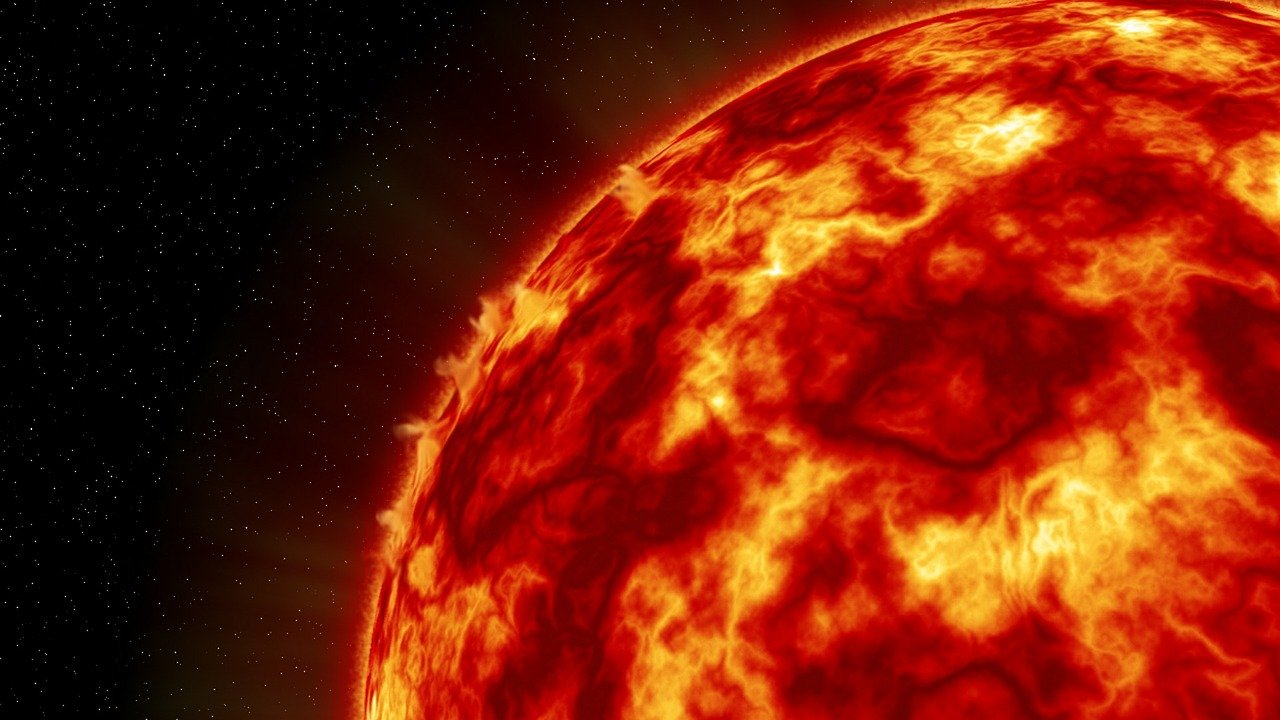|
10 minutes maximum! Can you do it in 5? |
|||||||||||||||||
1. The Sun and all stars generate heat and light by..
| |||||||||||||||||
| 2. Most stars visible in the sky are stable. The inwards forces balance the outward forces. Which answer below best describes what causes these forces? | |||||||||||||||||
| |||||||||||||||||
3. Which element is found in all main sequence stars and is responsible for the heat generated by nuclear fusion?
| |||||||||||||||||
| Stars like the Sun |  |
||||||||||||||||
4. The Sun is currently in the main sequence of its evolution. What will happen to the Sun immediately after it evolves beyond this stage?
| |||||||||||||||||
5. In billions of years time, the Sun will no longer have the elements required for fusion reactions and will be a very small and dense object, but still very hot. What is this stage called?
|
|||||||||||||||||
| Very Large Stars | |||||||||||||||||
6. Very large main sequence stars are typically much hotter than the Sun, as indicated by their colour. Which of the star colours below has the highest temperature?
| |||||||||||||||||
7. Very large stars like this will eventually explode in a massive fusion reaction. This stage is called a ...
| |||||||||||||||||
8. The explosion forms a new cloud of lighter and heavier elements. A cloud like this in space is called a ...
| |||||||||||||||||
9. The remaining core of the star contracts as gravity pulls it inwards. For many heavy stars, this stops when incredibly dense and made of sub-atomic particles. These stars are called ...
| |||||||||||||||||
10. For the heaviest stars in the Universe, when the core collapses inwards the final stage of evolution is a ...
| |||||||||||||||||